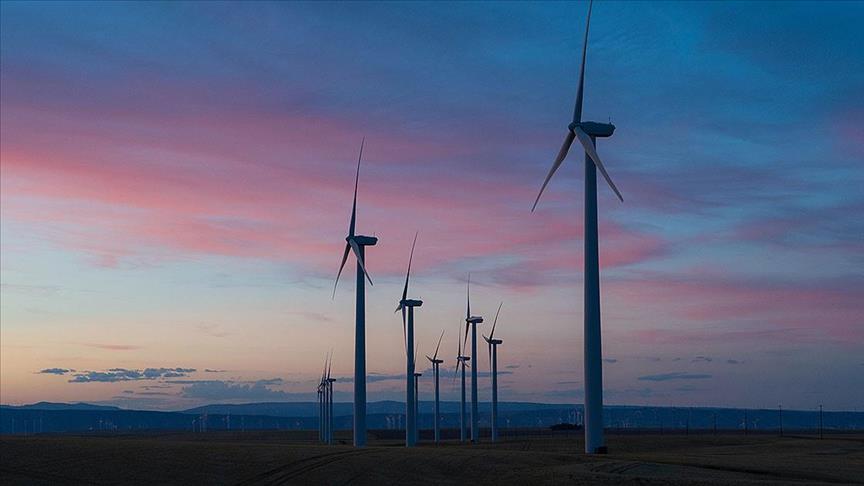Achieving net zero emissions globally by 2050 will require up to six times more minerals, along with record levels of clean energy deployment by then, according to the International Energy Agency's latest World Energy Outlook (WEO) 2021 report.
Given that solar PV plants, wind farms and electric vehicles (EVs) generally require more mineral resources to build than their fossil fuel-based counterparts, the report found that 'the rapid deployment of low-carbon technologies as part of clean energy transitions implies a significant increase in demand for critical minerals.'
The agency stressed that the average amount of minerals, like copper, lithium, cobalt, graphite, nickel and silver, needed for a new unit of power generation capacity has increased by 50% since 2010 with the rise in the share of renewables.
In the Stated Policies Scenario (STEPS), which reflects current policy settings and those that have been announced by governments around the world, overall requirements for critical minerals for clean energy technologies nearly triple between today and 2050.
However, in the Net Zero Emissions by 2050 Scenario (NZE) this requirement is expected to increase six-fold more in 2050 than today.
Mineral demand for EVs and battery storage is projected to rise by well over 50 times by 2050, while the expansion of electricity networks will lead to a doubling in demand for copper for power lines in the period to 2050.
Lithium is estimated to see the fastest growth among the key minerals, with demand up over 100 times from its current level through to 2050, while cobalt, nickel and graphite also see rapid demand growth.
Copper demand is expected to register the largest absolute growth, rising by around 14 million tonnes by 2050, expanding the size of the global copper market by 60% in the period to 2050.
As a result, in the NZE, clean energy technologies emerge as the fastest-growing segment of demand for most minerals, evolving from a niche consumer to a leading source of demand.
According to the Agency, the prospect of a rapid increase in demand for critical minerals raises questions about the availability and reliability of supply.
'Current supply and investment plans are geared towards a world of gradual and insufficient action on climate change, raising the risks of supply lagging behind projected demand in climate-driven scenarios,' it said.
-Rise in mineral prices also boosts renewables investment costs
The impact of mineral price increases on clean energy investment has also become an important issue.
'Over the past decade, technology learning and economies of scale have pushed down the costs of key energy technologies significantly. For example, the cost of lithium-ion batteries has fallen by 90% since 2010. However, this also means that raw material costs now loom larger in the total cost of clean energy technologies,' the IEA explained.
The Agency pointed to the commodity price rallies in the first half of 2021, saying they illustrate possible strains if these trends are sustained over the longer term.
Prices for new wind turbine contracts have reportedly increased in 2021, reversing the trends seen over the past few years, while steeply rising silicon and silver prices have similarly driven up the price of solar PV modules.
Although uncertain if, and for how long, the surge in prices in the first half of 2021 will continue, the rise in key material prices at the scale seen recently is projected to generate upward pressure on total capital costs by 5-15%.
'This could add $430 billion to cumulative investment needs for solar PV, wind, batteries and electricity networks over this decade in the STEPS, and nearly $700 billion in the NZE,' the Agency warned.
US$1 equals 9.14 Turkish liras
By Ebru Sengul Cevrioglu
Anadolu Agency
energy@aa.com.tr


